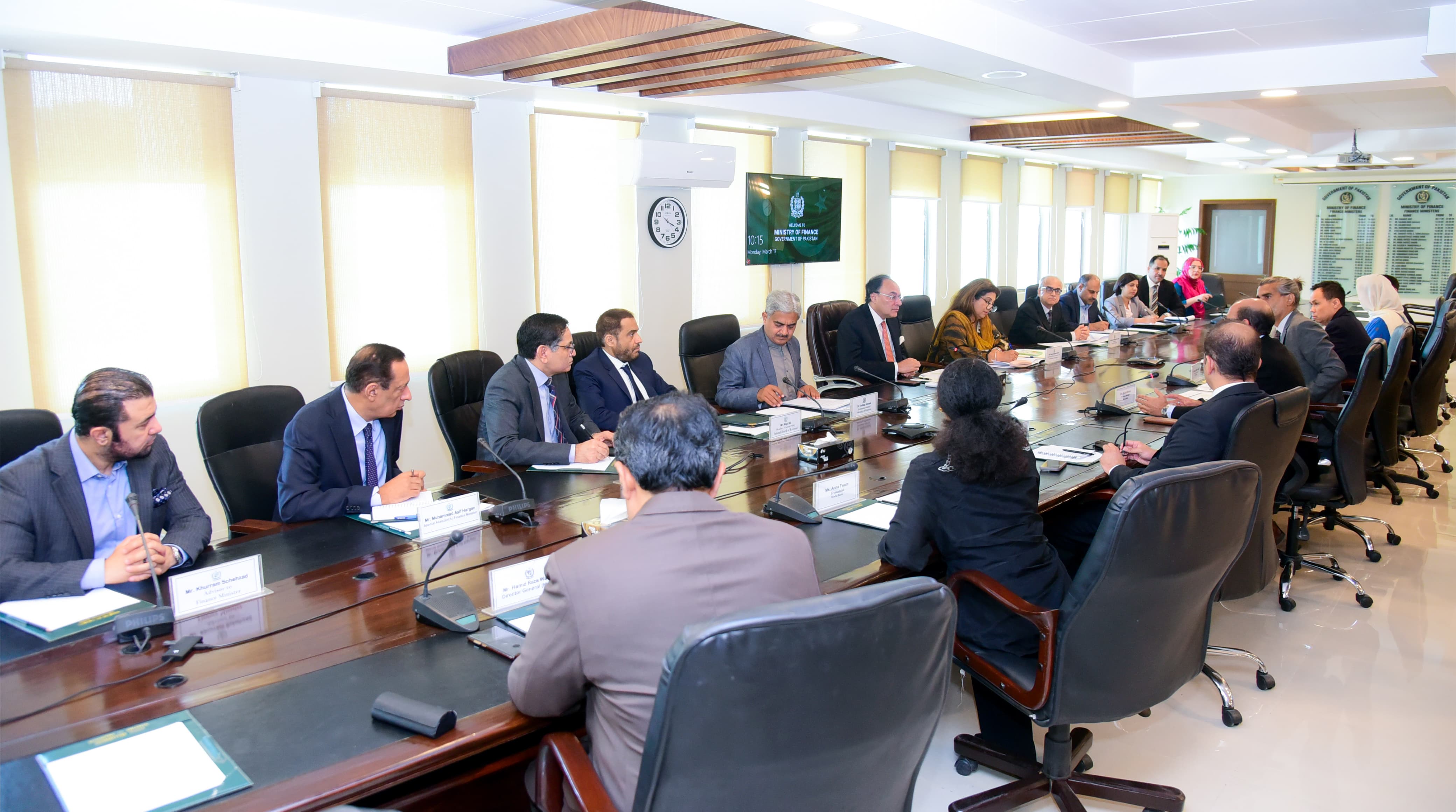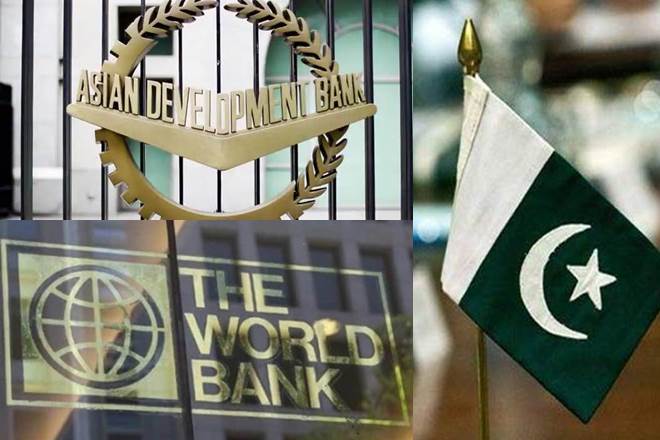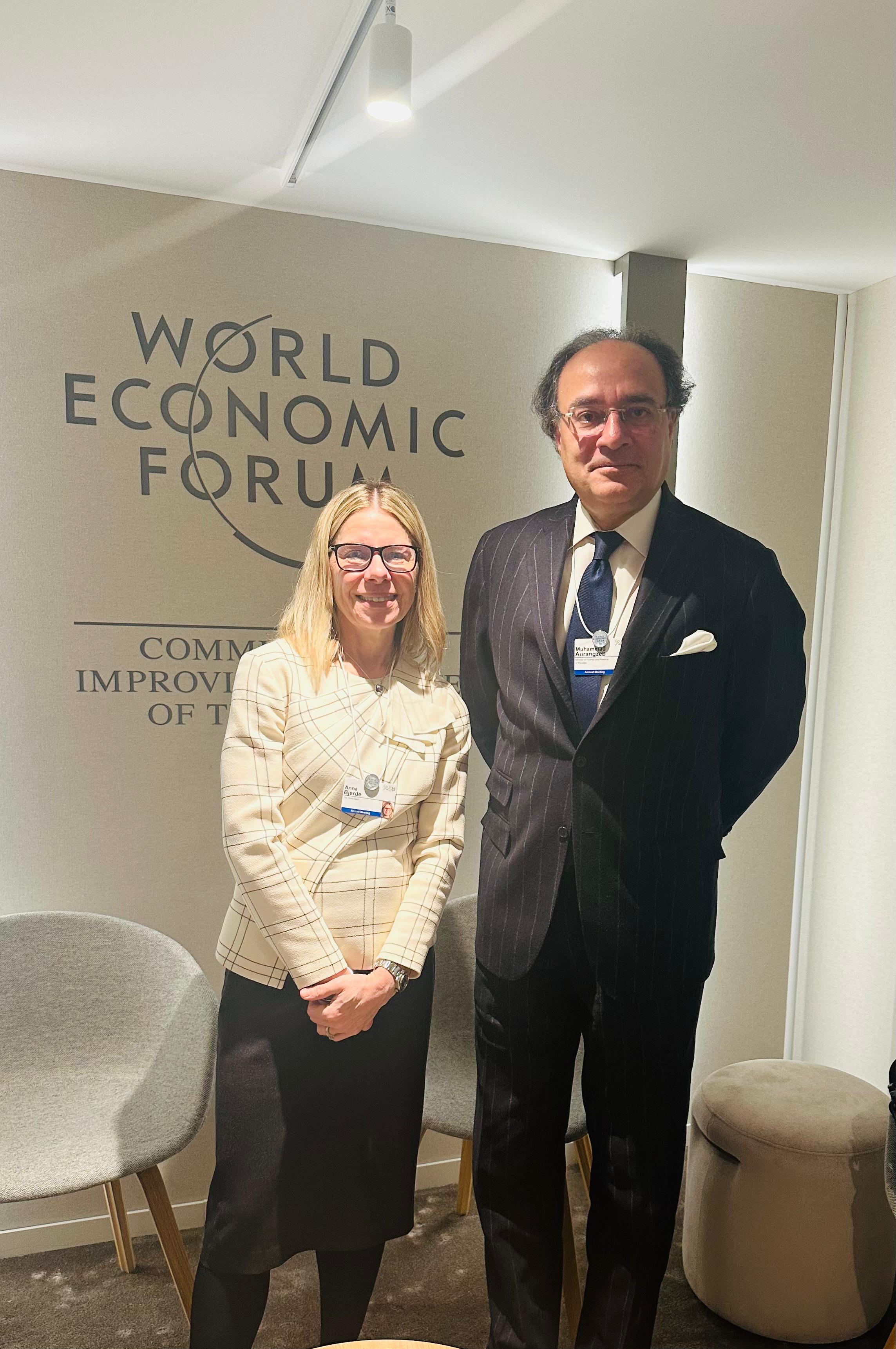WB to provide welfare support for 500m people by 2030
.jpg)
MG News | November 25, 2024 at 02:17 PM GMT+05:00
November 25, 2024 (MLN): World Bank Group to provide social protection measures to at least 500 million people by 2030, including 250m women due to global concerns like poverty, inequality, and climate change.
According to the World Bank’s blog, Economic inclusion programs will help boost the income and assets of the world’s poorest groups and will be instrumental as they are proven pathways to better job opportunities and a life of dignity.
These efforts combine digital cash transfers with skills training, business capital, coaching, and market access to break the cycle of poverty and build resilience.
Globally, economic inclusion programs now reach 15m households, benefiting over 70m people in 88 countries, according to the new State of Economic Inclusion Report 2024 by the World Bank-hosted Partnership for Economic Inclusion.
Government-led programs often spearhead these efforts, having reached nearly 75% of these households as per the 2021 report.
Nongovernmental organizations (NGOs) offer additional support and further expand their reach.
Unfortunately, the fight to reduce extreme poverty is far from over, with almost 700m people still living on less than $2.15 per day, many of whom face severe food insecurity.
A report builds on findings from 2021, showcasing the vast potential for scaling up economic inclusion programs as we work to end poverty.
In Niger, for instance, household spending on food, health, education, and other goods and services grew by 15% thanks to such an initiative, while women’s business revenues doubled.
Similarly, in Zambia, the Supporting Women’s Livelihood program led to a nearly 20% rise in spending on food and non-food items and a 45% increase in business profits.
In Afghanistan, participating households had 32% higher income and more diverse earning sources 5 years after an intervention, helping them endure a series of droughts and conflicts.
90% of these programs target women, but only a third focus explicitly on empowering women economically.
Youth unemployment is another priority, especially in regions with a burgeoning young population.
Approximately two-thirds of economic inclusion programs target youth, primarily encouraging self-employment in rural settings.
In Bangladesh, the World Bank works with the government to provide vulnerable urban youth, particularly women, with mentorship and life skills training to increase their confidence.
In urban areas, programs that help expand wage employment through skills training, apprenticeships, and partnerships with employers could offer young people more diverse and sustainable economic opportunities.
Economic inclusion programs can also help address climate change. Today, 66% of these programs integrate climate resilience measures, equipping participants to manage environmental risks.
In the Sahel, nearly 600,000 vulnerable people across 6 countries received support to diversify their livelihoods toward more climate-resilient ones.
Research shows that economic inclusion programs are impactful and cost-effective, and they empower individuals and communities.
This flexible approach, which adapts programs to local needs and outcomes so they can scale and expand successfully, needs to be embedded within national social protection systems.
Climate risk insurance and low-cost green technologies empower communities to build resilience and achieve sustainable livelihoods.
The State of Economic Inclusion Report 2024 highlights economic inclusion as a vital investment to transform lives and combat poverty.
Copyright Mettis Link News
Related News
| Name | Price/Vol | %Chg/NChg |
|---|---|---|
| KSE100 | 134,299.77 290.06M |
0.39% 517.42 |
| ALLSHR | 84,018.16 764.12M |
0.48% 402.35 |
| KSE30 | 40,814.29 132.59M |
0.33% 132.52 |
| KMI30 | 192,589.16 116.24M |
0.49% 948.28 |
| KMIALLSHR | 56,072.25 387.69M |
0.32% 180.74 |
| BKTi | 36,971.75 19.46M |
-0.05% -16.94 |
| OGTi | 28,240.28 6.19M |
0.21% 58.78 |
| Symbol | Bid/Ask | High/Low |
|---|
| Name | Last | High/Low | Chg/%Chg |
|---|---|---|---|
| BITCOIN FUTURES | 118,140.00 | 119,450.00 115,635.00 |
4270.00 3.75% |
| BRENT CRUDE | 70.63 | 70.71 68.55 |
1.99 2.90% |
| RICHARDS BAY COAL MONTHLY | 97.50 | 0.00 0.00 |
1.10 1.14% |
| ROTTERDAM COAL MONTHLY | 108.75 | 108.75 108.75 |
0.40 0.37% |
| USD RBD PALM OLEIN | 998.50 | 998.50 998.50 |
0.00 0.00% |
| CRUDE OIL - WTI | 68.75 | 68.77 66.50 |
2.18 3.27% |
| SUGAR #11 WORLD | 16.56 | 16.60 16.20 |
0.30 1.85% |
Chart of the Day
Latest News
Top 5 things to watch in this week
Pakistan Stock Movers
| Name | Last | Chg/%Chg |
|---|
| Name | Last | Chg/%Chg |
|---|




 MTB Auction
MTB Auction